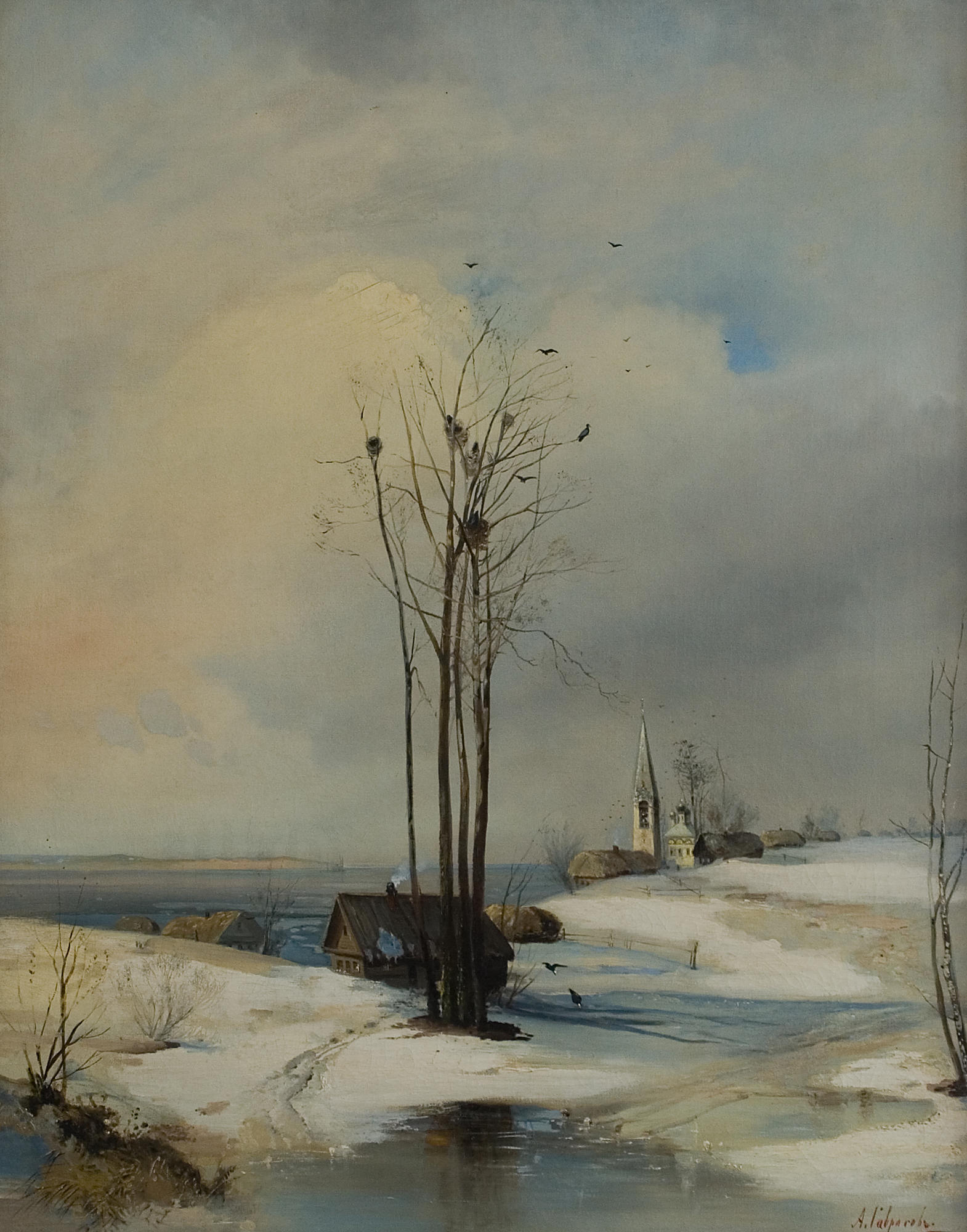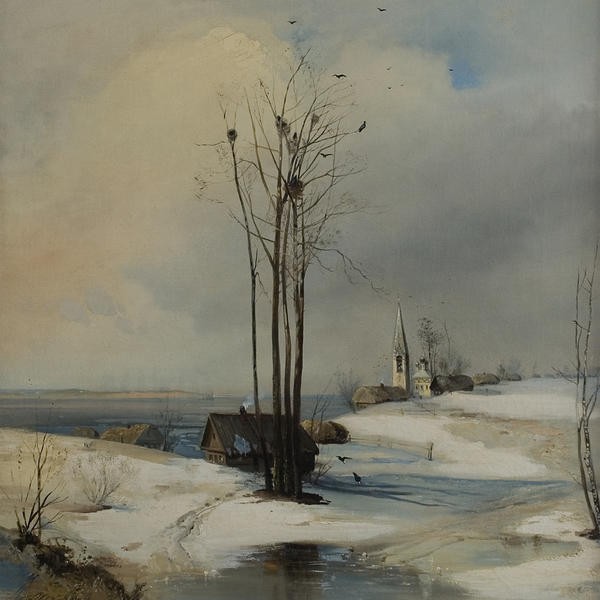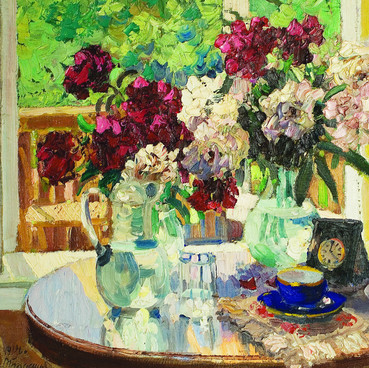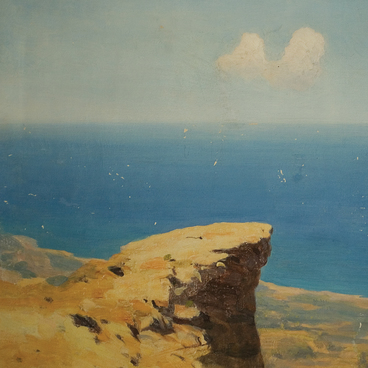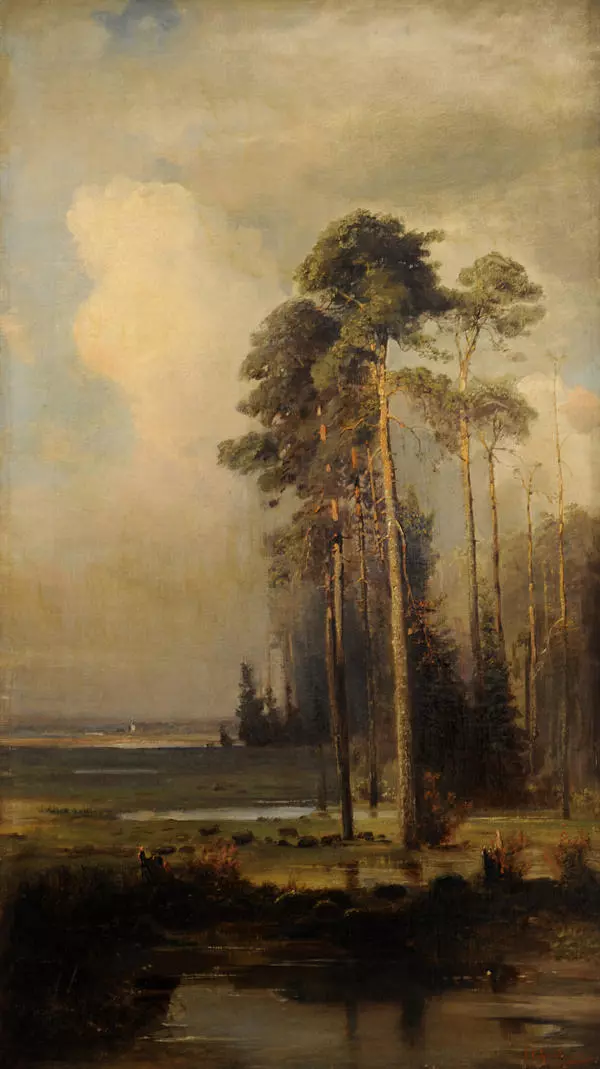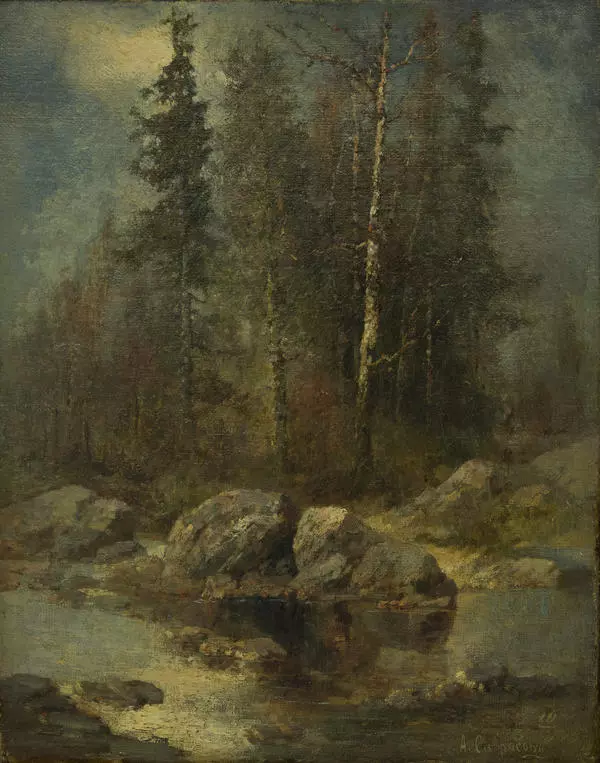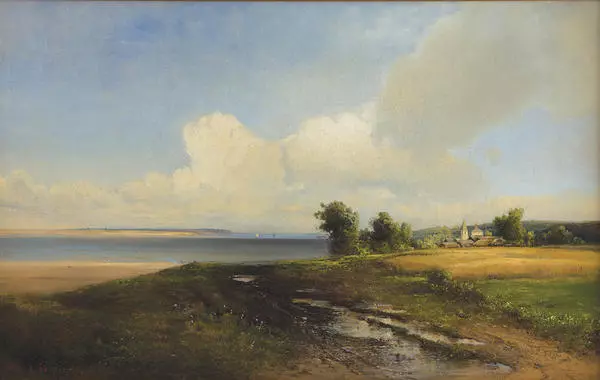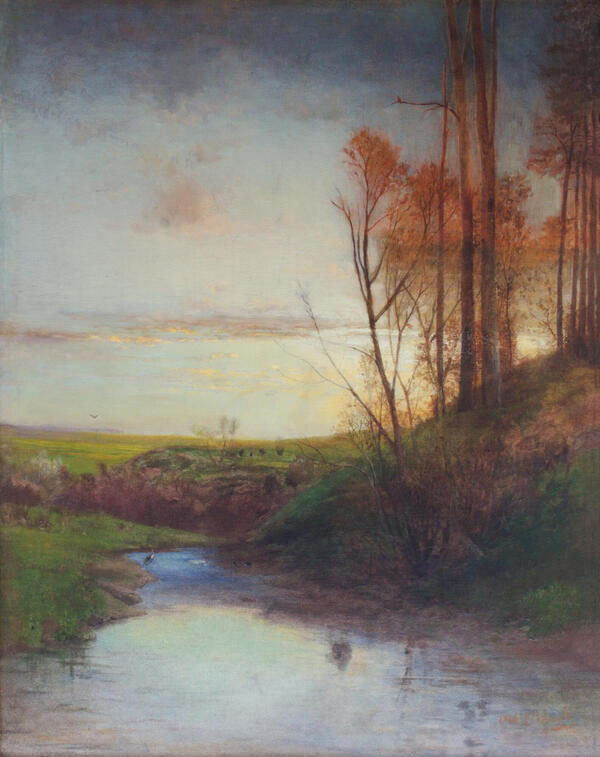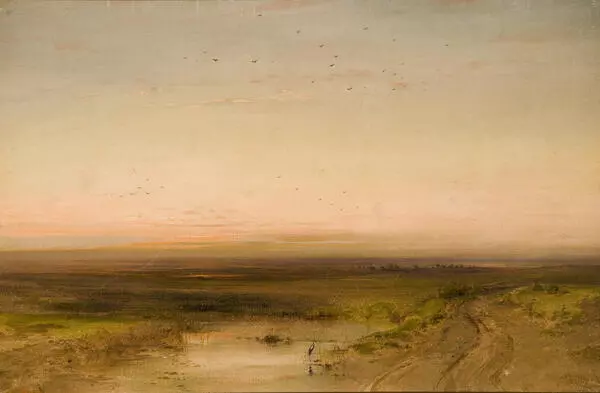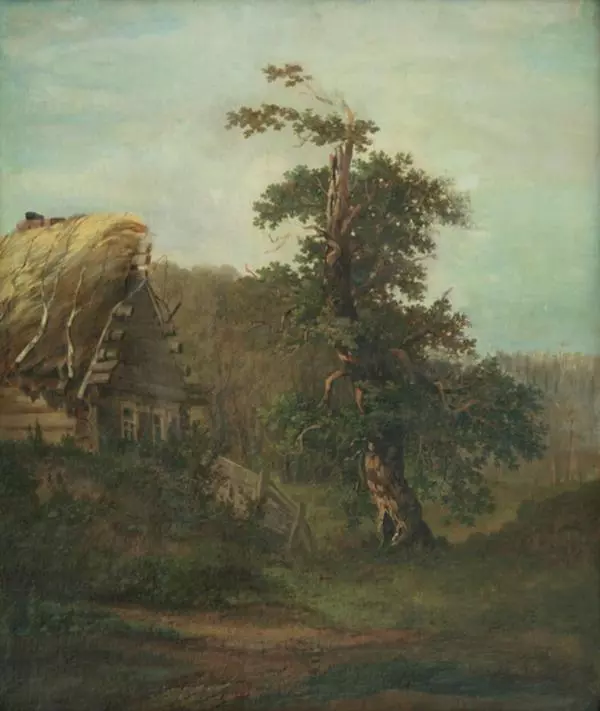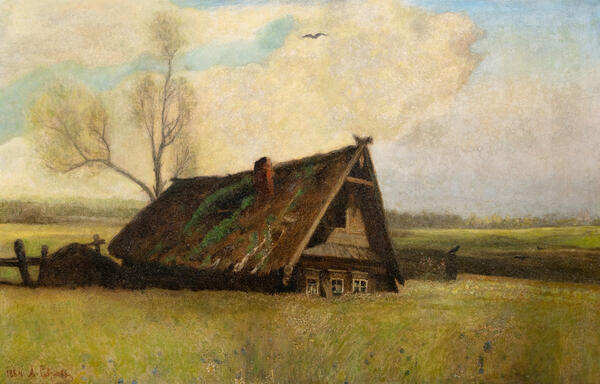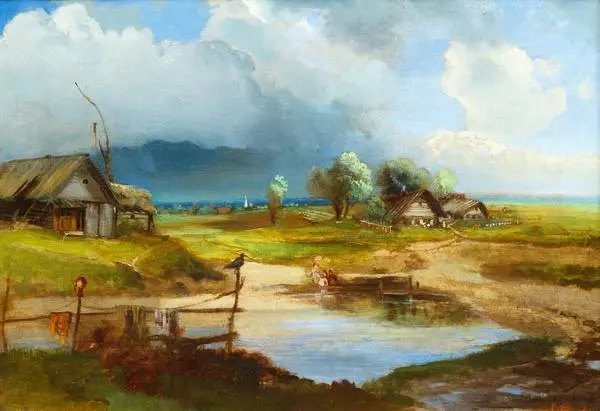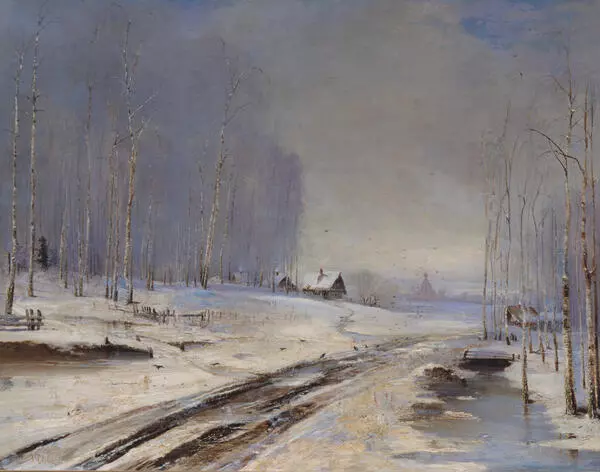Alexey Savrasov was the founding father and one of the most prominent Russian lyric landscape artists. His art was a reflection of the pursuits of the Russian lyric painting school in the second half of the 19th century.
Like most Russian itinerants, Alexey Savrasov sought to capture the ‘soul’ of the Russian nature, thus lyrical and contemplative mood was dominant in his paintings.
In 1871, Savrasov displayed his Rooks Have Returned at the first exhibition of the Association of Itinerants. The unpretentious rural landscape showing the surroundings of Molvitino village in Kostroma province became the centerpiece of the exhibition and was bought by Pavel Tretyakov himself. Later on, this painting was declared a classic example of the Russian art and it is currently on display at the State Tretyakov Gallery in Moscow.
The Astrakhan Art Gallery has a later author’s version of Early Spring. Thaw. Savrasov made this painting in 1880s, which is believed to be the lowest point of his life. The artist lost his job in the Moscow School of Art, developed an addiction to alcohol, got nearly blind and poor. He became a regular of the Moscow slums and cheap pubs. Savrasov was often seen at the Sukharevsky market desperately trying to sell his paintings for a penny.
Like most Russian itinerants, Alexey Savrasov sought to capture the ‘soul’ of the Russian nature, thus lyrical and contemplative mood was dominant in his paintings.
In 1871, Savrasov displayed his Rooks Have Returned at the first exhibition of the Association of Itinerants. The unpretentious rural landscape showing the surroundings of Molvitino village in Kostroma province became the centerpiece of the exhibition and was bought by Pavel Tretyakov himself. Later on, this painting was declared a classic example of the Russian art and it is currently on display at the State Tretyakov Gallery in Moscow.
The Astrakhan Art Gallery has a later author’s version of Early Spring. Thaw. Savrasov made this painting in 1880s, which is believed to be the lowest point of his life. The artist lost his job in the Moscow School of Art, developed an addiction to alcohol, got nearly blind and poor. He became a regular of the Moscow slums and cheap pubs. Savrasov was often seen at the Sukharevsky market desperately trying to sell his paintings for a penny.
